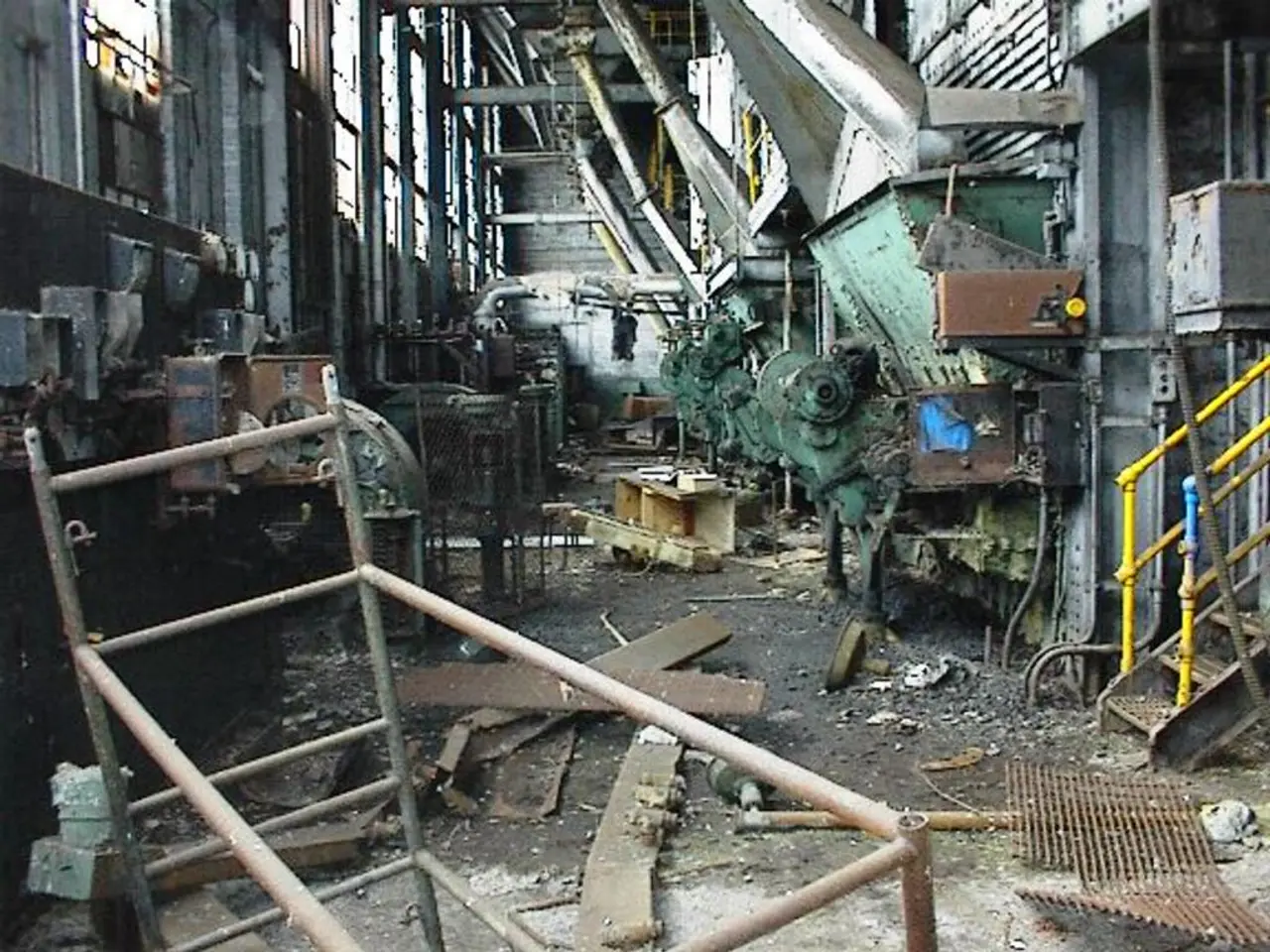Heart Valve Leaks: Exploration of Distinct Varieties
In the heart, four valves play a crucial role in ensuring blood flows in the right direction. However, when these valves become faulty and allow blood to flow in the wrong direction, it results in a condition known as heart valve regurgitation or a leaky heart valve.
Common causes of a leaky heart valve include age-related degeneration, mitral valve prolapse, rheumatic heart disease, heart attack damage, congenital valve anomalies, and aortic root dilation.
Age-related degeneration is the most frequent cause, especially in people over 65 years old. Over time, heart valve tissue can harden, thicken, lose elasticity, or accumulate calcium deposits, leading to improper valve closure and leakage.
Mitral valve prolapse occurs when the leaflets of the mitral valve become looser and more flexible than normal, bulging backward during contraction and causing leakage. This condition is fairly common and usually benign but can worsen in some cases.
Rheumatic heart disease is a result of untreated or under-treated streptococcal infections in childhood. This autoimmune reaction causes inflammation, scarring, and calcification of valves, leading to permanent damage and leakage. It remains a significant cause in developing countries.
Heart attack damage can cause sudden severe valve leakage, which is life-threatening and requires urgent care. Damage to heart muscle tissue that supports the valve leaflets can cause the valve to malfunction.
Congenital valve anomalies like a bicuspid aortic valve (having two leaflets instead of three) experience more stress and can wear out or calcify earlier, causing leakage.
Aortic root dilation can prevent the valve leaflets from closing properly, leading to aortic regurgitation. Enlargement of the aortic root due to aging or other conditions can cause this issue.
These structural and degenerative changes disrupt normal one-way blood flow through the heart valves, resulting in blood leaking backward and impairing heart function.
Symptoms of valve regurgitation may include feeling winded, weakness or low energy, heart arrhythmias, dizziness, fainting, and chest pain. However, mitral valve regurgitation may not always cause symptoms. Severe tricuspid regurgitation may lead to right heart failure. Pulmonary regurgitation allows blood to flow into the lungs, and when it leaks, blood flows backward, leading to a delay in blood flow to the lungs.
With treatment, long-term outcomes for people with mitral valve regurgitation greatly improve. When the leak is serious enough to affect a person's heart health, doctors may recommend replacing the valve if the person is healthy enough for surgery.
The human heart has four valves: pulmonic, tricuspid, mitral, and aortic. The pulmonic valve separates the right ventricle from the pulmonary artery, the tricuspid valve separates the right atrium from the right ventricle, the mitral valve separates the left atrium from the left ventricle, and the aortic valve separates the left ventricle from the aorta.
A 2018 study suggests that earlier surgical interventions may mean that people with mitral valve regurgitation can expect a typical life expectancy. Similarly, a 2021 study found that the median survival after aortic valve replacement was more than 15 years in lower-risk people under the age of 70.
In conclusion, a leaky heart valve can have serious consequences if left untreated. Understanding the causes, symptoms, and treatment options is essential for managing this condition effectively. If you experience any symptoms related to heart valve regurgitation, it is crucial to consult a healthcare professional immediately.
| Cause | Mechanism | Typical Patient Profile | |-----------------------------|--------------------------------------------------------------|---------------------------------------| | Age-related degeneration | Calcification, hardening, thickening of valve tissue | Elderly adults (often >65 years) | | Mitral valve prolapse | Leaflets bulge backward, fail to seal fully | Often younger adults, sometimes benign | | Rheumatic heart disease | Autoimmune scarring and calcification after untreated infection | People in developing countries, prior streptococcal infections | | Heart attack damage | Papillary muscle dysfunction causing acute valve leaking | Adults post-myocardial infarction | | Congenital valve anomalies | Structural abnormality like bicuspid aortic valve | Present from birth, early onset symptoms | | Aortic root dilation | Enlargement impairs valve leaflet closure | Older adults, aortic root disease |
- Age-related degeneration and the accumulation of calcium deposits in heart valve tissue over time often lead to improper valve closure and leakage in elderly adults (often >65 years).
- Mitral valve prolapse, a condition where the leaflets of the mitral valve become looser and more flexible than normal, can be present in younger adults and may occasionally result in leakage, although it is typically benign.
- Rheumatic heart disease, triggered by untreated or under-treated streptococcal infections in childhood, causes inflammation, scarring, and calcification of valves, resulting in permanent damage and leakage for people in developing countries and those with prior streptococcal infections.




